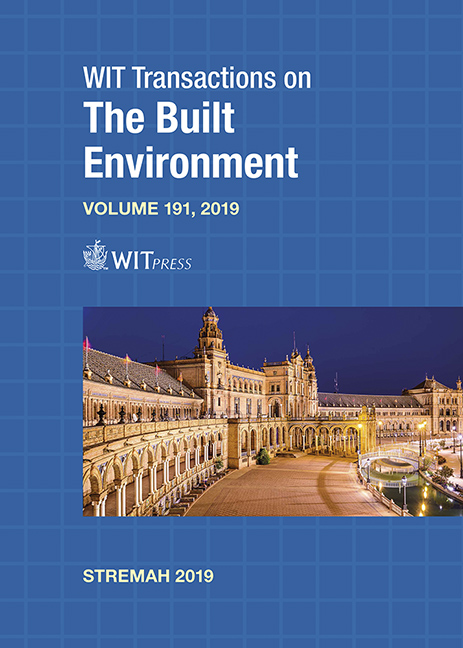INDICATORS OF SUSTAINABLE DEVELOPMENT FOR CULTURAL LANDSCAPES: FILM SCENERIES AND CULTURAL HERITAGE
Price
Free (open access)
Transaction
Volume
191
Pages
12
Page Range
29 - 40
Published
2019
Paper DOI
10.2495/STR190031
Copyright
WIT Press
Author(s)
ESTHER SAN SEBASTIÁN POCH, URTZI LLANO-CASTRESANA, ANDER DE LA FUENTE ARANA
Abstract
Cultural tourism is a good way to promote and safeguard the cultural heritage of a place. Cultural tourism includes film tourism, which consists of those places where cinema and TV productions have been shot. This can contribute to valuing the local cultural heritage or, by contrast, to reifying it and, consequently, to the loss of its authentic and its identity. In the following article we propose a system of indicators of sustainable development in order to evaluate and guarantee long-term sustainability in those places identified with traditional cultural heritage and that have become film sceneries. Once the study cases have been identified, the cultural landscapes that are going to be evaluated will be defined. To do that, we will identify and select the film sceneries according to the degree of conciliation between these and cultural heritage. The impact on society of the cinema productions will also be taken into account. The union amongst the film sceneries through the local heritage (built heritage, landscape heritage, etc.) will result in one or several cultural landscapes where the balance between the welfare of the host society and the tourism demands will be evaluated. To put into practice the following methodology, the Historic Centre of Peñíscola has been chosen to be evaluated. This was declared a Historic-Artistic Site in 1972 and has a long history as film scenery, which has contributed to its valuation and has brought it closer to the audience.
Keywords
film tourism, film sceneries, cultural heritage, cultural landscapes, indicators of sustainable development, degree of conciliation




